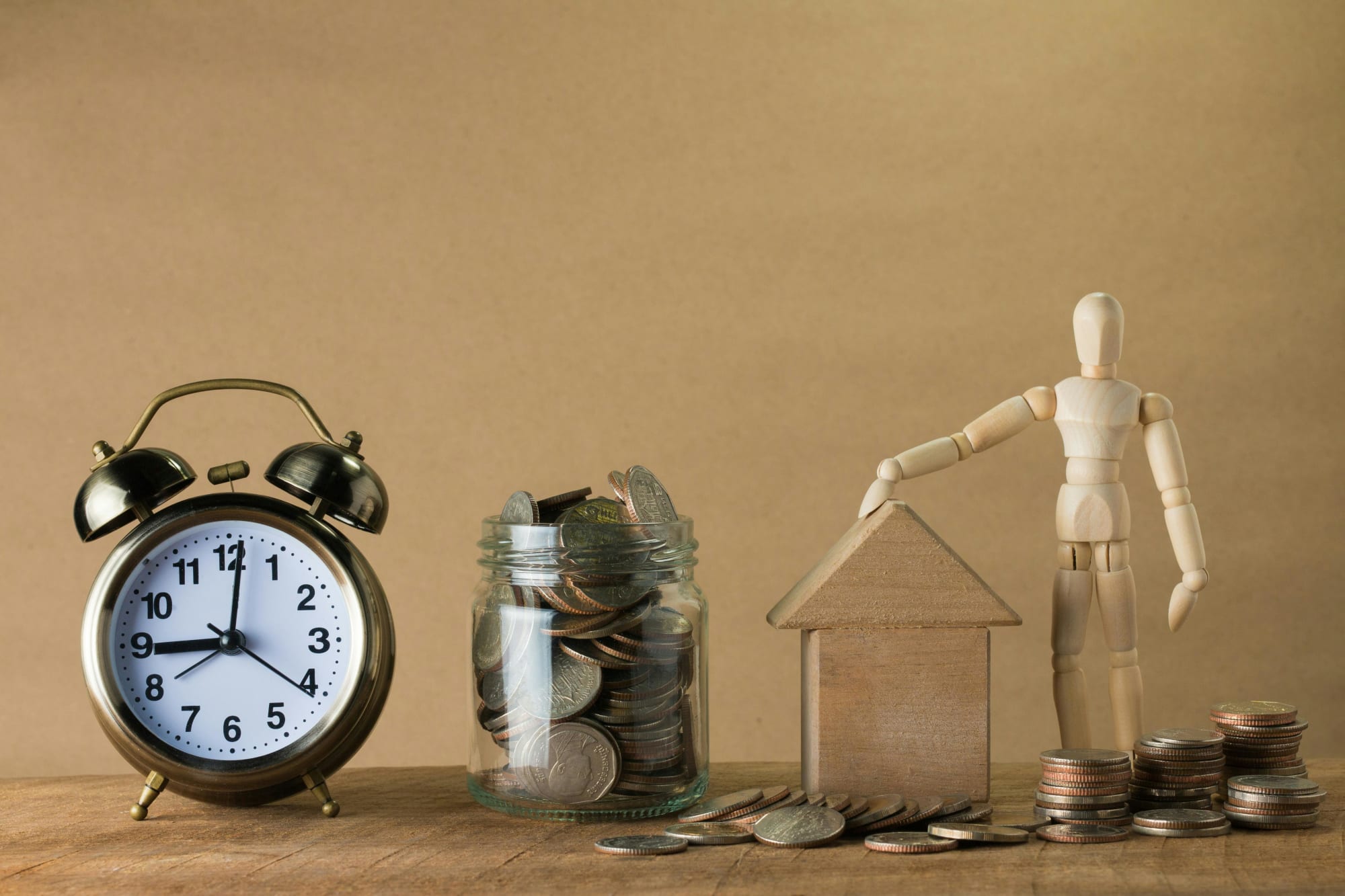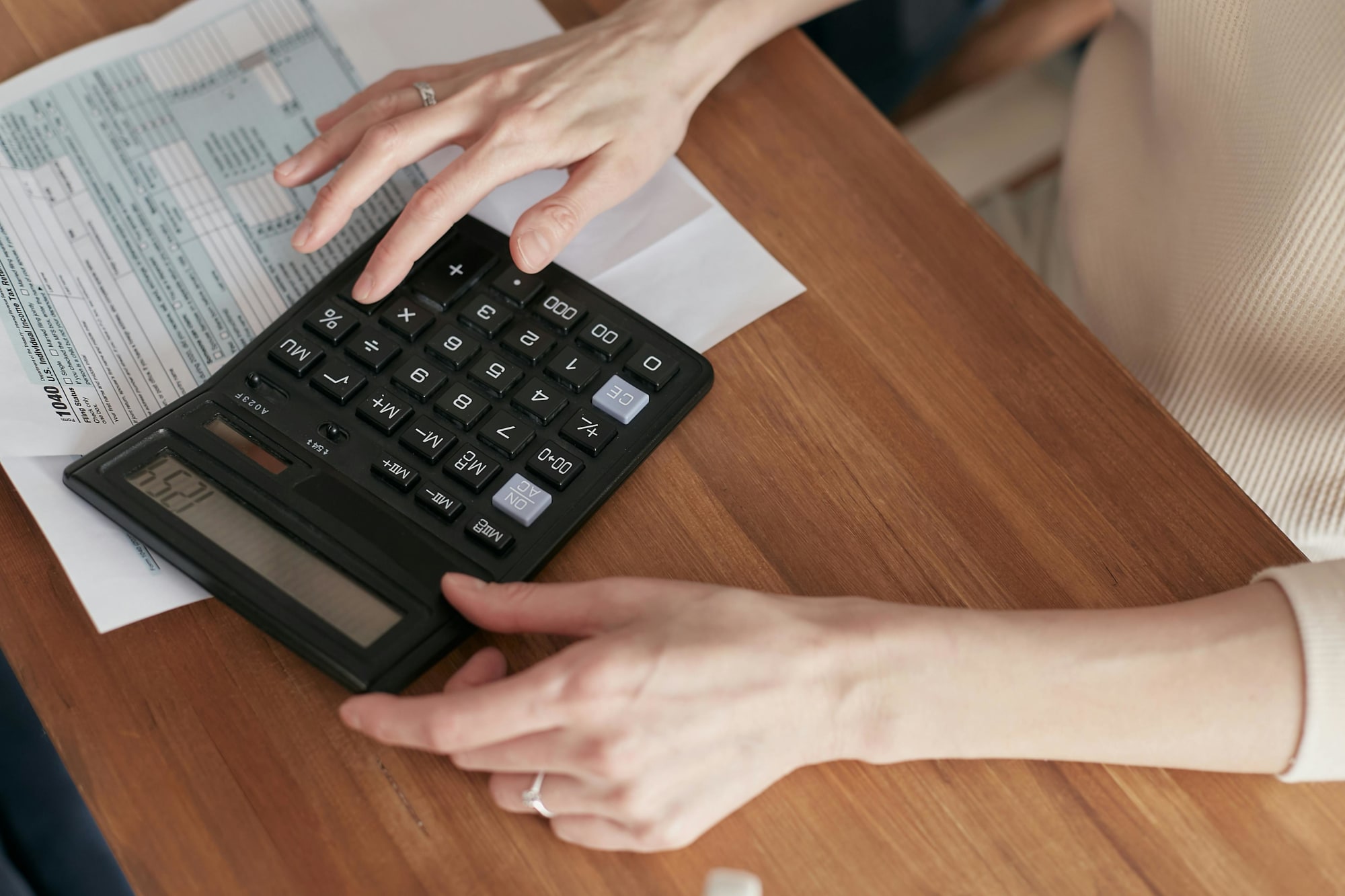Save
Get rid of stamp duty ‘scourge’, industry association pleads
The average homebuyer in December spent more than $20,000 on stamp duty, so it’s time for state governments to reckon with the “scourge”, an industry association has argued.
Get rid of stamp duty ‘scourge’, industry association pleads
The average homebuyer in December spent more than $20,000 on stamp duty, so it’s time for state governments to reckon with the “scourge”, an industry association has argued.

Homebuyers across Australia spent an average $20,587 on stamp duty bills in December last year with Victorian purchasers the worst hit, coughing up $31,970, the Housing Industry Association (HIA) has revealed today (16 January).
NSW buyers paid $25,190 in the tax while Northern Territory buyers spent $20,805.
According to HIA senior economist, Shane Garrett, these bills are far too high.
Speaking to mark the release of the HIA’s latest stamp duty report, he said: “Stamp duty bills have increased almost three times faster than house prices since the 1980s and this trend will continue unless stamp duty is reformed.

“In Victoria, the typical stamp duty bill increased from 1.9 per cent to 5.2 per cent of the median dwelling price between 1982 and 2017 – equivalent to a surge of 4,000 per cent in the cash value of stamp duty. NSW homebuyers fared little better with the stamp duty burden rising from 1.6 per cent to 3.8 per cent over the same period.”
Mr Garrett said the issue is that stamp duty rate brackets are “rarely updated” and as such are tied to increases in home prices.
HIA added that NSW has not reformed its stamp duty rates since 1985, when the average house price was $70,000.
“This is the problem with stamp duty creep,” Mr Garrett said.
“State governments are compounding the housing affordability crisis. Total stamp duty revenues have almost doubled over the past four years: from $11.7 billion in 2011/12 to $20.6 billion in 2015/16 – most of which is likely to have come from residential building,” he continued.
“State governments are now more reliant on stamp duty revenues than at any time for a decade. This trend will continue unless state governments recalibrate their taxes on housing.”
According to the report, stamp duty in 2015/16 accounted for 26.1 per cent of tax revenues. Victoria and NSW are most dependent on the tax, with stamp duty revenue making 30.0 per cent of Victorian tax revenue and 28.1 per cent of NSW revenue.
Mr Garrett warned: “State governments are increasingly reliant on rising stamp duty revenues. This situation is not sustainable.
“The stamp duty burden is increasing under every metric: nominal dollars, real dollars, as a proportion of dwelling prices and as a share of total state revenue. Without reform, this trend will continue.”
HIA said stamp duty bills require homebuyers to either “settle” for smaller homes or take on larger mortgages, calculating that stamp duty increases home loan repayments by $1,247 a year or more than $37,000 over the life of a 30-year loan.
Higher mortgages and smaller deposits may also mean homebuyers are stung with more expensive lenders’ mortgage insurance policies.
“By draining the pockets of homebuyers to the tune of over $20 billion each year, stamp duty is a central pillar of the affordability crisis,” Mr Garrett said.
“A long plan to do away with the scourge of stamp duty would be a huge victory for housing affordability in this country.”

Tax saving
$20,000 instant asset write-off extension welcomed, but calls for broader support grow
The Australian government's decision to extend the $20,000 instant asset write-off into the next financial year has been met with approval from business leaders. However, there are growing calls for ...Read more

Tax saving
The downsizer dividend: How targeted tax levers could unlock housing supply in Australia
A call by Raine & Horne to incentivise seniors to move to smaller homes has kicked off a wider policy conversation that reaches well beyond real estate. If designed well, a targeted package could ...Read more

Tax saving
Raine & Horne's bold move could unlock housing supply but what are the hidden risks
Raine & Horne’s call for targeted tax incentives to encourage empty nesters to ‘rightsize’ isn’t just another sector wish list; it’s a potential lever to free up family homes, ease rental ...Read more

Tax saving
From annual check-ups to always‑on: how modern portfolio reviews unlock after‑tax alpha
The era of once‑a‑year portfolio check‑ins is over. Continuous, tech‑enabled reviews now drive returns through tax efficiency, risk control and behavioural discipline—especially in a high‑rate ...Read more

Tax saving
Navigating tax laws for capital gains in 2023
The landscape of Australian tax laws surrounding capital gains is ever-changing, with 2023 being no exception. Read more

Tax saving
What you need to know about the tax implications of crypto
One million Aussies are now invested in crypto, but many have not thought about how these investments will affect them at tax time. Read more

Tax saving
Welfare overhaul could give recipients a leg-up
Australia’s Centrelink recipients who’ve been doing it tough are in for a potentially easier time if the federal government pursues ambitious reforms that could provide sturdier safety nets. Read more

Tax saving
Students should think twice before tapping into their super
Former students might want to think carefully before they look to take advantage of the federal government’s biggest first home buyer incentive. Read more

Tax saving
$20,000 instant asset write-off extension welcomed, but calls for broader support grow
The Australian government's decision to extend the $20,000 instant asset write-off into the next financial year has been met with approval from business leaders. However, there are growing calls for ...Read more

Tax saving
The downsizer dividend: How targeted tax levers could unlock housing supply in Australia
A call by Raine & Horne to incentivise seniors to move to smaller homes has kicked off a wider policy conversation that reaches well beyond real estate. If designed well, a targeted package could ...Read more

Tax saving
Raine & Horne's bold move could unlock housing supply but what are the hidden risks
Raine & Horne’s call for targeted tax incentives to encourage empty nesters to ‘rightsize’ isn’t just another sector wish list; it’s a potential lever to free up family homes, ease rental ...Read more

Tax saving
From annual check-ups to always‑on: how modern portfolio reviews unlock after‑tax alpha
The era of once‑a‑year portfolio check‑ins is over. Continuous, tech‑enabled reviews now drive returns through tax efficiency, risk control and behavioural discipline—especially in a high‑rate ...Read more

Tax saving
Navigating tax laws for capital gains in 2023
The landscape of Australian tax laws surrounding capital gains is ever-changing, with 2023 being no exception. Read more

Tax saving
What you need to know about the tax implications of crypto
One million Aussies are now invested in crypto, but many have not thought about how these investments will affect them at tax time. Read more

Tax saving
Welfare overhaul could give recipients a leg-up
Australia’s Centrelink recipients who’ve been doing it tough are in for a potentially easier time if the federal government pursues ambitious reforms that could provide sturdier safety nets. Read more

Tax saving
Students should think twice before tapping into their super
Former students might want to think carefully before they look to take advantage of the federal government’s biggest first home buyer incentive. Read more













